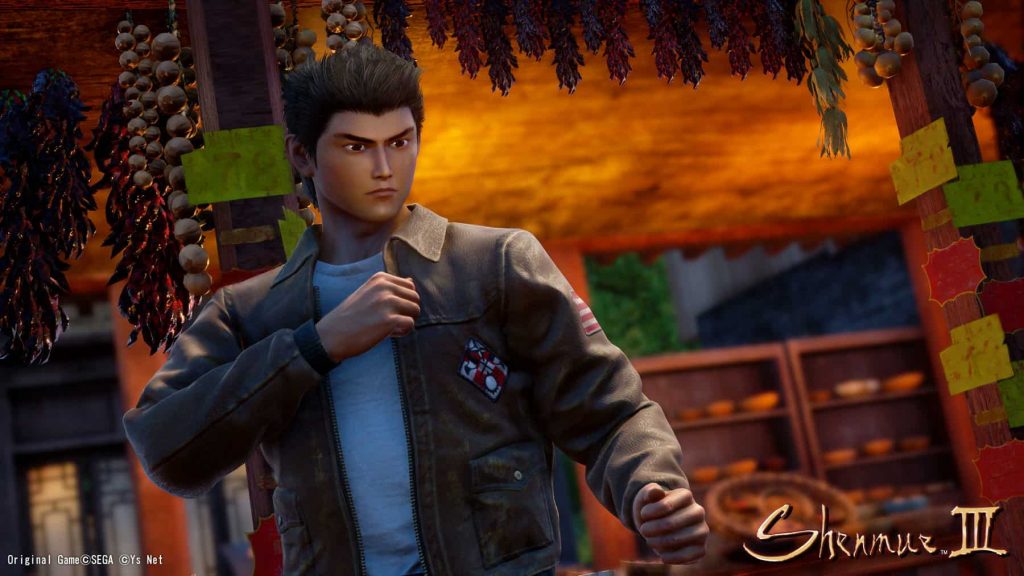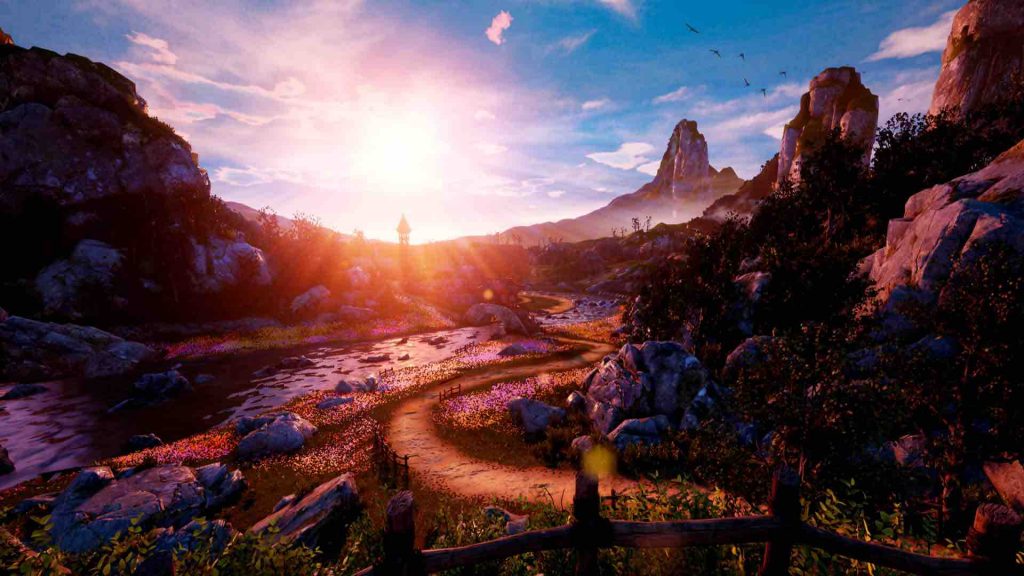I’ve played Shenmue 3. It’s taken 18 years, but I can finally say it. Chances are that if you’re of a certain age, you probably won’t give a toss; but for those of us who grew up playing the Dreamcast original and its sequel all those years ago, the fact Yu Suzuki’s sequel is actually a thing is pretty major. In fact, only Half-Life 3 could probably rival it in that respect.
Just a reminder, the original Shenmue came out in Japan in 1999. That’s a time when Grant Mitchell had just left EastEnders, Buffy blew up her Highschool, and all we’d really seen on PlayStation 2 was an old bloke’s head and a rubber duck. Shenmue arrived in the US and UK a year later, and Shenmue 2 launched in 2001.
Related content – Shenmue I & Shenmue II PS4 review
Both games were genre-defining in the RPG space, although obviously, a hell of a lot of evolution within the industry has taken place since then. If there’s anyway I can put this succinctly for those of you wanting the lowdown, let me just say this: Shenmue 3 plays like a Shenmue game.
And that’s just brilliant.
My hour hands-on with Shenmue 3 literally begins after the conclusion to the previous game. Ryo and Shenhua are pondering over the mystery of the Dragon and Phoenix mirrors in that ruddy cave, before leaving and starting the search for her father, who has gone missing.
We hit up Bailu village, the sleepy Chinese mountain community that serves as the backdrop to our entire demo. It’s a beautiful sight; sunlight casts gorgeous shadows all over the place, clouds skim the sky on the the horizon, and folk chatter in the streets, going about their business without a care in the world.
There’s a palpable feeling of isolation in Bailu, which is a stark contrast to the bustling, crime-ridden streets of Kowloon from Shenmue II. It’s refreshing to say the least. Oh, and then there’s Ryo himself; kitted out in his trademark leather jacket, blue teens, and white t-shirt, his cheek still carrying that dirty old plaster that he’s had since the first game. It’s great to see him back.
Corey Marshall is once again providing the voice over for the young Hazuki, who retains his stoic, occasionally wooden delivery but nonetheless upholds all the charm of the previous Shenmue games. Even so, his work has improved; Ryo’s performances are a little more nuanced this time around, even if the lip-synching is pretty rough in places. It feels like Shenmue; everything feels exactly as it should.
Soon, I find myself back into the old Shenmue rhythm of exploring, chatting, and gathering clues. It’s a methodical experience, and one that never feels rushed. I go at my own pace, looking around town and taking in the sights. There’s a Dojo to hone my skills (more on that later), shops to buy food (you’ll need it to keep your stamina up in order to run), and kids playing in the street.
Some folk aren’t interested in chatting, while others are more interested in challenging me to a fight. Eventually, I get a lead: a little girl tells Ryo that her dad is a stonemason, the same trade as Shenhua’s father. It’s here that one of Shenmue 3’s cool features rears its head, namely the ability to instantly travel to your objective by hitting right on the D-pad. Even better, it’s now night, which is when the girl’s father is home.
It’s a handy feature, and echoes Shenmue II’s addition of being able to fast-forward time instead of waiting around for hours (in-game time, that is) for an objective to trigger like in the first game.
Anyway, we learn from the stonemason that his house has been turned over by a bunch of thugs, but can’t do much more as it’s getting late. Ryo needs his beauty sleep, and he can’t stay out after 11 for reasons that will forever remain a mystery. Classic Shenmue, then. Fortunately, Shenhua’s humble abode serves as a place to rest your head, so we get some kip.
The next morning, and with my time winding down on the demo, I decide to test out the game’s combat at the dojo. Here, you can spar with the local monks to bring your skills up to scratch, so I get into a ruck with some chap who the sensei says is the ‘least skilled’ among his students.
Shenmue 3’s fisticuffs plays a lot like you remember. Ryo has a list of moves you can bring up by hitting R1 while exploring and going to your moves list, which comprises of various punches, kicks, and grapples.
You can cycle through a list of special moves using the shoulder buttons, which are then executed with the Circle button. At times, QTEs would pop up for a specific move, and if successfully inputted, that move would gain experience, thus levelling up Ryo’s ‘Kung Fu.’
Combat itself feels weighty, with each move benefiting from fluid animation and an obvious attention to detail in respect to the martial arts. I didn’t actually figure out how to parry and throw like in the original games, but it was satisfying landing some meaty punches to my opponent, sending him reeling backwards as a result.
I was also able to increase Ryo’s endurance by practicing the Horse stance outside the dojo, so presumably you’ll need to split your training between actual pummelling and specific stances.
My time sadly wrapped up shortly after this, but I’m feeling confident that Suzuki-san can deliver on his promise to make the Shenmue sequel that we’re itching for. It’s not perfect; facial animations are oddly stiff at times, and there doesn’t seem to be extra dialogue options like there was in Shenmue 2 to ask about making money, gambling, and there activities.
Still, Shenmue 3 played and felt like a Shenmue game, and after 18 years, that’s all I can really ask for. I’m absolutely stoked to finally get my hands on the final product and finally continue Ryo’s quest for revenge.
Shenmue 3 releases for PS4 and PC on November 19, 2019.
Preview hands-on kindly accommodated by publisher.




